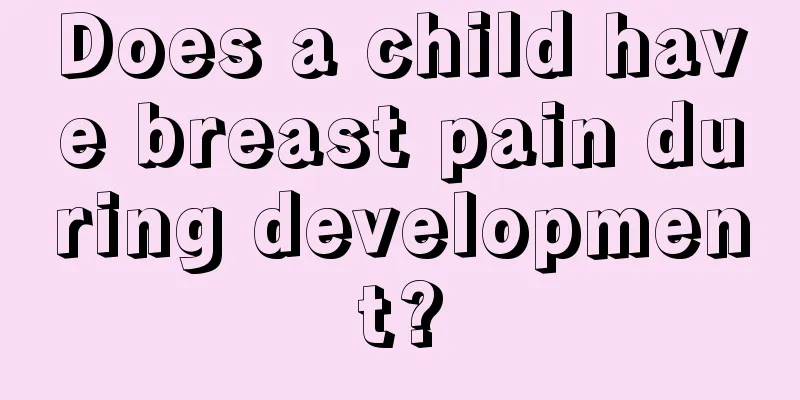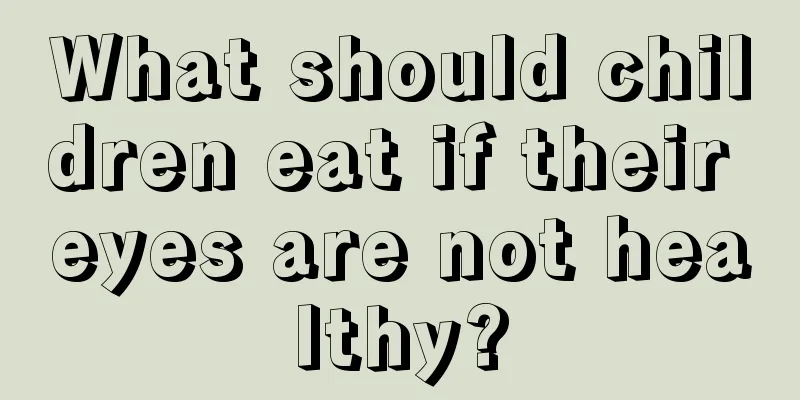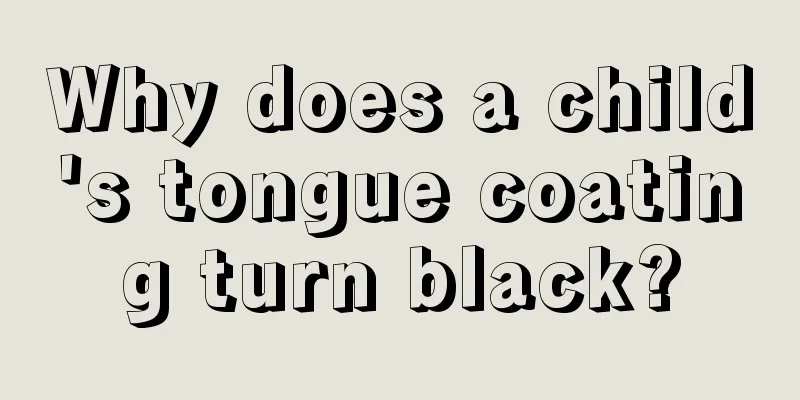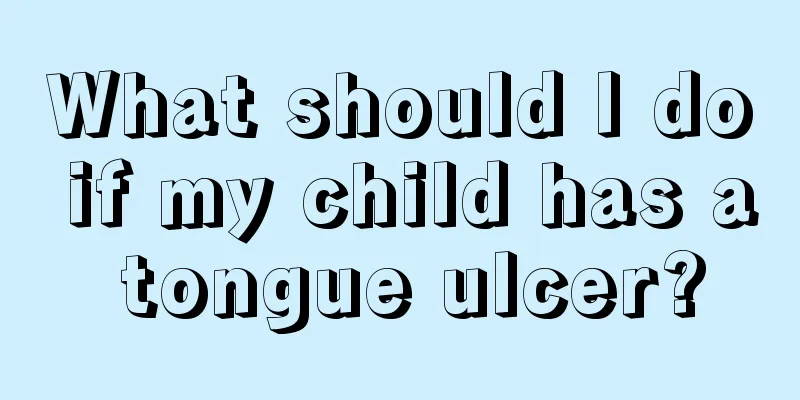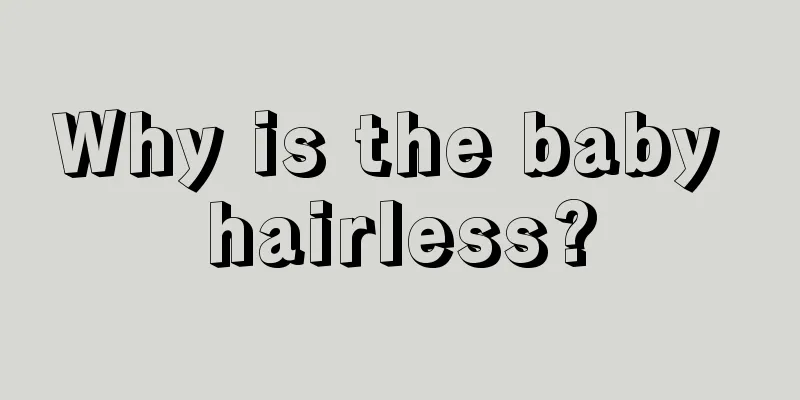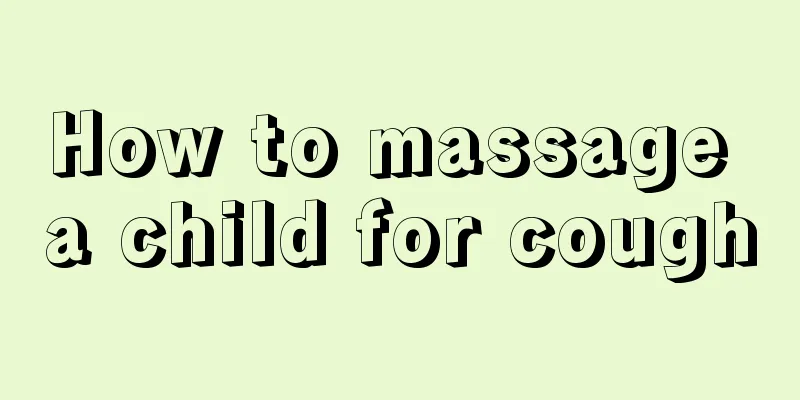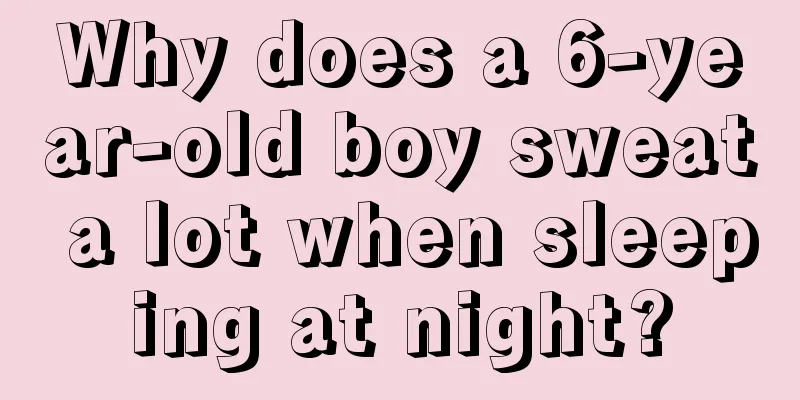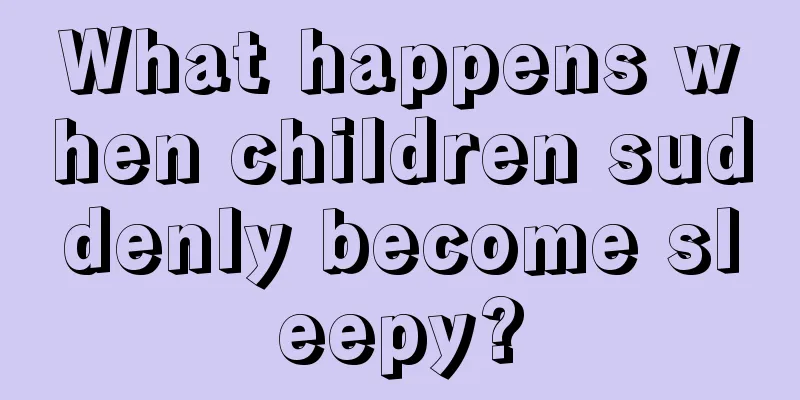Some issues about adenoids hypertrophy in children
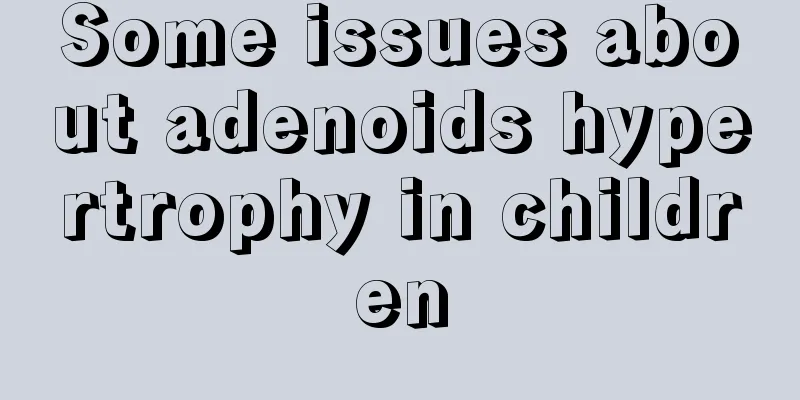
|
Glandular hypertrophy in children is a common disease nowadays. If this disease is not effectively treated, it will cause great harm to the child's physical health. Therefore, as a parent, when your child has this disease, you must seek treatment and improvement as soon as possible. So what are some of the questions about glandular hypertrophy in children? Let's take a look at the answers below. 1. Do children with enlarged adenoids need surgery? This is the issue that parents are most concerned about. Generally, I personally make the decision based on the child’s symptoms, course of illness, and whether there are other complications. If your child has poor sleep at night, has shortness of breath, and has been experiencing this for a long time, or this condition has occurred repeatedly, surgery is recommended. However, if the child only develops this condition after a recent cold and has never experienced it before, or if the child only has snoring and no obvious breath holding, or does not toss and turn in sleep, etc., it is recommended to observe first and immediate surgery is not recommended. Even if the child's breath-holding symptoms are not very obvious, if the child has rhinitis, sinusitis, or otitis media, and there is no significant improvement after a period of drug treatment, surgery is also recommended. 2. At what age can a child undergo surgery? This is also an issue that parents are very concerned about. Generally, I do not recommend surgery for children under 2 years old, because relatively speaking, children under 2 years old are more likely to relapse after surgery. However, if the child’s symptoms are very severe and seriously affect the child’s sleep and growth and development, it is recommended to perform surgery early. For us, the surgical method and difficulty are the same. The surgical difficulty and anesthesia risk are not increased because of the child's young age. In my case, the youngest child was 6 months old. Because the child could hardly sleep at night, the parents took the child to seek medical treatment everywhere, so I decided to perform surgery on the child. After the surgery, the child's sleep improved significantly. In our hospital, we have operated on many children under 2 years old in recent years. Among my cases, there was one case where the disease recurred about 1 year after the operation and the patient had to undergo another operation. 3. Surgical Technique and Anesthesia The child's surgery was performed under general anesthesia. Modern anesthesia technology should be safe for such an operation. I personally believe that the pediatric anesthesia in our hospital is completely trustworthy. We perform adenoids removal through the mouth under nasal endoscopy, using an imported suction device. The operation is minimally invasive, with minimal bleeding during the operation and mild postoperative reactions. Generally, there is little high fever and bleeding after the operation. 4. About tonsil problems Parents are also very concerned about whether tonsils should be removed surgically. In my personal opinion, if enlarged tonsils affect breathing, they also need to be treated, especially if the tonsils are enlarged to the third degree, they need to be treated even more. Generally, if the child is over 6 years old or has frequent tonsillitis, it is recommended to remove all of them. But if the child is younger and the tonsils are not often inflamed, low-temperature plasma partial ablation can be used, mainly to improve breathing problems, but there is also the possibility that the tonsils will hypertrophy and proliferate again, and the tonsils may be frequently inflamed, and another surgery may be needed. Although it is not common, I have encountered such cases. Tonsils are partially ablated using low-temperature plasma, which has the advantages of less surgical trauma, almost no bleeding during the operation, and less pain after the operation. Therefore, it is popular among parents. The above is a comprehensive introduction to some issues related to glandular hypertrophy in children. Therefore, if your child has this disease, parents should first have a comprehensive understanding of the above content in order for their children to recover as soon as possible. After understanding, they should then go to a regular hospital as soon as possible for systematic treatment so that their children can recover as soon as possible. |
<<: What to do if children have sore throat due to tonsillitis
>>: What is adenoids hypertrophy in children
Recommend
Why are children's hands and feet cold?
Children's bodies are not fully developed yet...
Kidney stones treatment in children
Although the main patients with kidney stones are...
Nursing methods for neonatal abscesses
Every child will experience eczema after birth. T...
What is the cause of snoring in the newborn's throat?
Since babies are not fully developed in all aspec...
How to make blueberry puree for baby food
For some babies, you can give them some fruit pur...
Change your perspective and your children will listen to you.
Communication between parents and children often ...
What to do if blisters appear on your child's hands
For mothers, the health of their children is the ...
What to do if the baby does not drink boiled water
The most common drink in daily life is boiled wat...
How to do abdominal breathing for children
Abdominal breathing is a very good physical breat...
What causes redness in baby's scrotum?
If you find that your baby's scrotum is red, ...
What are the symptoms of zinc deficiency in babies?
When it comes to children suffering from zinc def...
What to do if your three-year-old baby likes to suck his fingers
If you find that your three-year-old baby particu...
What to do if a child has a headache and vomits
Now is the hot and changeable period of summer, a...
What medicine should children take for vomiting?
Because children's intestines and esophagus a...
The dangers of cerebral palsy in children
We also call cerebral palsy in children cerebral ...

